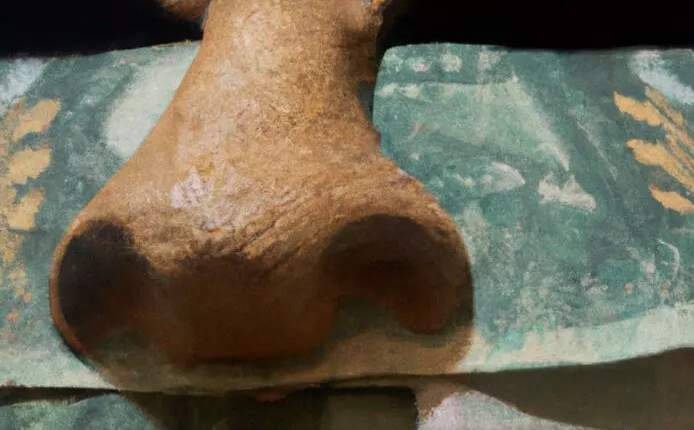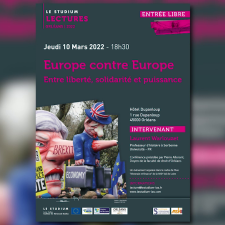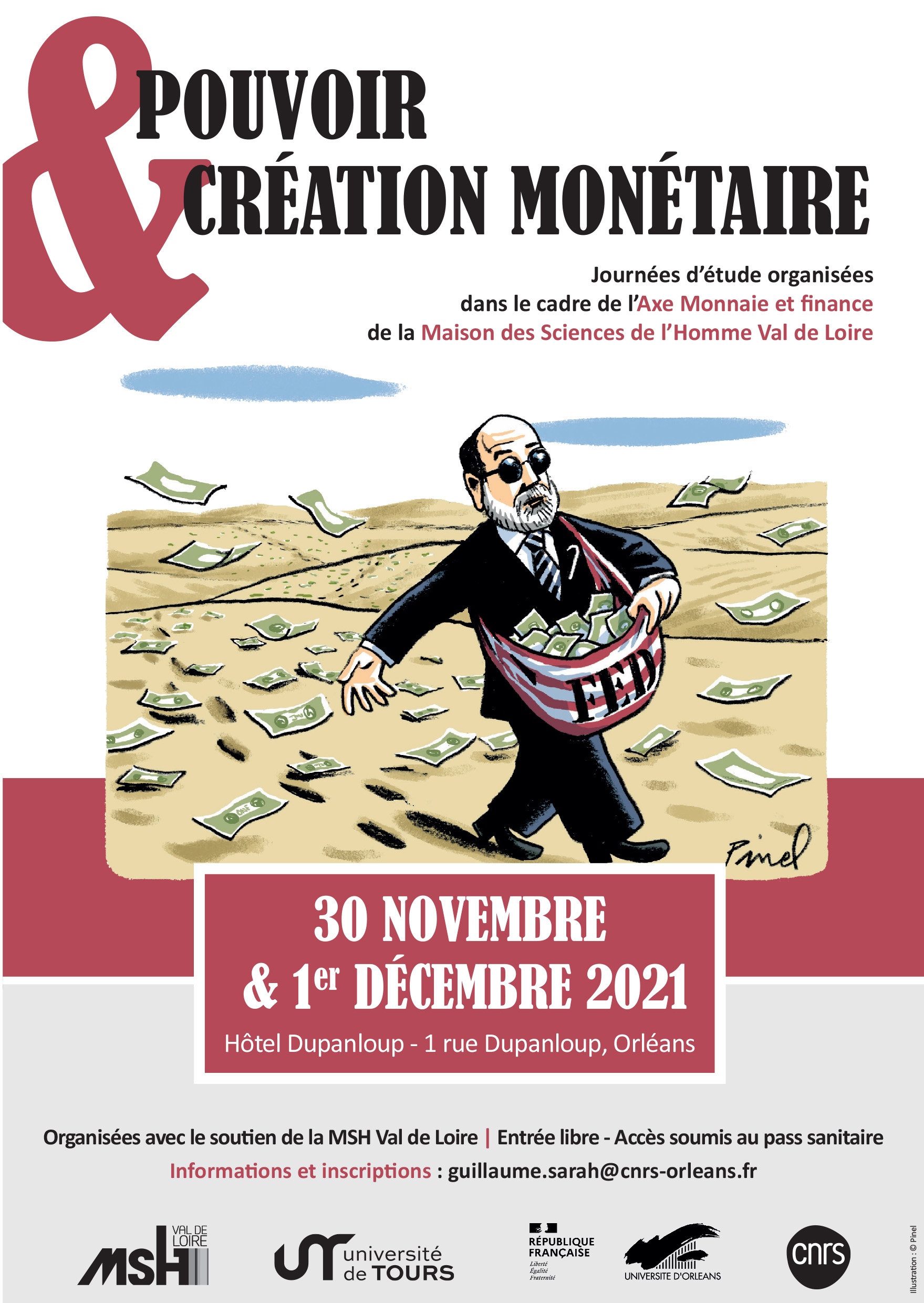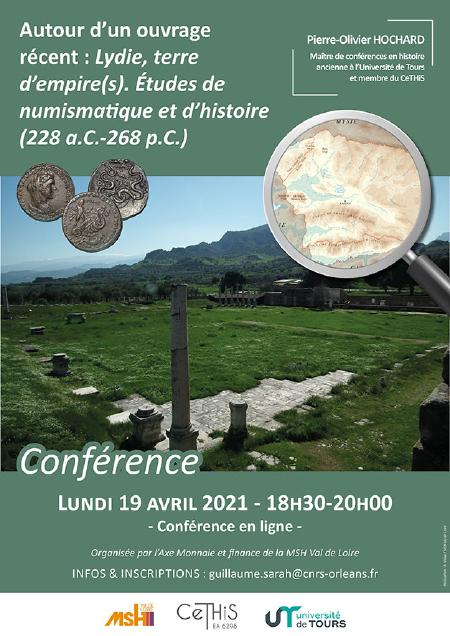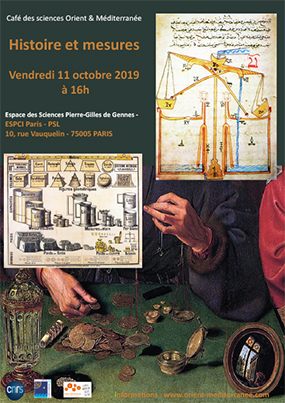Notice
On Artificial Olfaction, and How to Test For It
- document 1 document 2 document 3
- niveau 1 niveau 2 niveau 3
Descriptif
For years there has been interest in the possibility of building a reliable odor reproduction system (AOS), with its vast spectrum of applications: from e-commerce, games and video, via the food and cosmetics industry, to medical diagnosis. Such a system would enable an output device — the whiffer — to release an imitation of an odor read in by an input device — the sniffer — upon command. To realize this scheme one must carry out deep and complex research that combines computer science and mathematics with chemistry and biochemistry, and brain science with psychophysical work and human physiological experimentation. In the process, we expect a deep understanding of this least understood of our senses to emerge. In this talk I will discuss the question (not unlike Turing’s 1950 question about artificial intelligence) of how to test the validity of a candidate ORS, in face of the impossibility of naming odors in general, and despite the fact that such systems still being far from being viable. The importance and nontrivial nature of the question are discussed, and a novel testing method is proposed, which involves ideas from imitation and recognition, taking advantage of the availability of near-perfect reproduction methods for sight and sound.Prof. David Harel is the Vice President of the Israel Academy of Sciences and Humanities, and has been at the Weizmann Institute of Science since 1980. He was Department Head from 1989 to 1995, and was Dean of the Faculty of Mathematics and Computer Science between 1998 and 2004. He was a co-founder of I-Logix, Inc., which is now part of IBM. He received his PhD from MIT in 1978, and has spent time at IBM Yorktown Heights, and sabbaticals at Carnegie-Mellon, Cornell, and the University of Edinburgh. In the past he worked mainly in theoretical computer science (logic, computability, automata, database theory), and he now works mainly on software and systems engineering, on modeling biological systems and on the synthesis and communication of smell. He is the inventor of Statecharts and co-inventor of Live Sequence Charts (LSCs), and co-designed Statemate, Rhapsody, the Play-Engine and PlayGo. Among his books are “Algorithmics: The Spirit of Computing” and “Computers Ltd.: What They Really Can’t Do”. His awards include the ACM Karlstrom Outstanding Educator Award (1992), the Israel Prize (2004), the ACM Software System Award (2007), the Emet Prize (2010), and five honorary degrees. He is a Fellow of ACM, IEEE and AAAS, a member of the Academia Europaea and the Israel Academy of Sciences, and a foreign member of the US National Academy of Engineering and the American Academy of Arts and Sciences.
Sur le même thème
-
Les objets de la monnaie aux musées - Dans l'intimité de la recherche
DoyenAudreyAllemandSylvain« Dans l’intimité de la recherche » vous invite à prendre part à la conversation entre Audrey Doyen, autrice de l'ouvrage Musées et marchés. Ethnographie d'une relation à valeur ajoutée et Sylvain
-
Laurent Warlouzet - Europe contre Europe. Entre liberté, solidarité et puissance
WarlouzetLaurentPolitique agricole, relance économique, vaccin contre le Covid-19, législation environnementale, etc. : l’Union européenne joue un rôle essentiel et controversé dans la vie de ses habitants depuis des
-
Patrick Villieu - Pouvoir d'acheter vs pouvoir de payer : retour sur la quatrième fonction de la mo…
VillieuPatrickPouvoir d'acheter vs pouvoir de payer : retour sur la quatrième fonction de la monnaie Patrick Villieu (LEO, Université d’Orléans)
-
Gervasio Semedo - Hyperinflation, monnaie et conflits : Illustration d’une lutte pour le pouvoir da…
SemedoGervasioHyperinflation, monnaie et conflits : Illustration d’une lutte pour le pouvoir dans le cas du Zimbabwe Gervasio Semedo (LEO, Université de Tours)
-
Marc Bompaire - Les débuts des monnaies féodales : l'illusion d'une désagrégation du lien entre mon…
BompaireMarcLes débuts des monnaies féodales : l'illusion d'une désagrégation du lien entre monnaie et pouvoir Marc Bompaire (IRAMAT, CNRS-Université d’Orléans et EPHE)
-
Pierre Allorant - La crise monétaire française de l’entre-deux-guerres vue par la caricature
AllorantPierreLa crise monétaire française de l'entre-deux-guerres vue par la caricature. Pierre Allorant (POLEN, Université d’Orléans) Introduction des journées d'études par Guillaume Sarah, responsable de l
-
Sylvia Nieto-Pelletier - Pouvoir(s) et création monétaire en Gaule, de Philippe II de Macédoine à V…
NietoSylviaPouvoir(s) et création monétaire en Gaule, de Philippe II de Macédoine à Vercingétorix Sylvia Nieto-Pelletier (IRAMAT, CNRS-Université d’Orléans)
-
Maxime Menuet - Monnaie signe ou monnaie marchandise: une relecture des Évangiles de Marc et Matthi…
MenuetMaximeMonnaie signe ou monnaie marchandise: une relecture des Évangiles de Marc et Matthieu Maxime Menuet (LEO, Université d’Orléans)
-
Jean-Paul Pollin - Diversité et transformations des politiques monétaires depuis l’après-guerre
PollinJean-PaulDiversité et transformations des politiques monétaires depuis l’après-guerre Jean-Paul Pollin (LEO, Université d’Orléans)
-
Charles Parisot-Sillon et Arnaud Suspène - La création monétaire aux derniers siècles de la Républi…
Parisot-SillonCharlesLa création monétaire aux derniers siècles de la République romaine :approches historiques et numismatiques
-
Autour d’un ouvrage récent : Lydie, terre d’empire(s). Études de numismatique et d’histoire (228 a…
Pierre-Olivier HOCHARD Maître de conférences en histoire ancienne à l’Université de Tours et membre du CeTHiS Crésus, le Pactole… la Lydie antique est devenue proverbiale. Et l’étude de cette
-
Histoire et Mesures - 1ere partie
MarcellesiMarie-ChristinePrêteuxFranckThébaultGérardHocquetJean-ClaudeHoussaye MichienziIngrid(1e partie du Film) À l’occasion de la Fête de la Science, le laboratoire Orient et Méditerranée propose un café des sciences, le vendredi 13 octobre 2018, qui réunit les chercheurs et le


